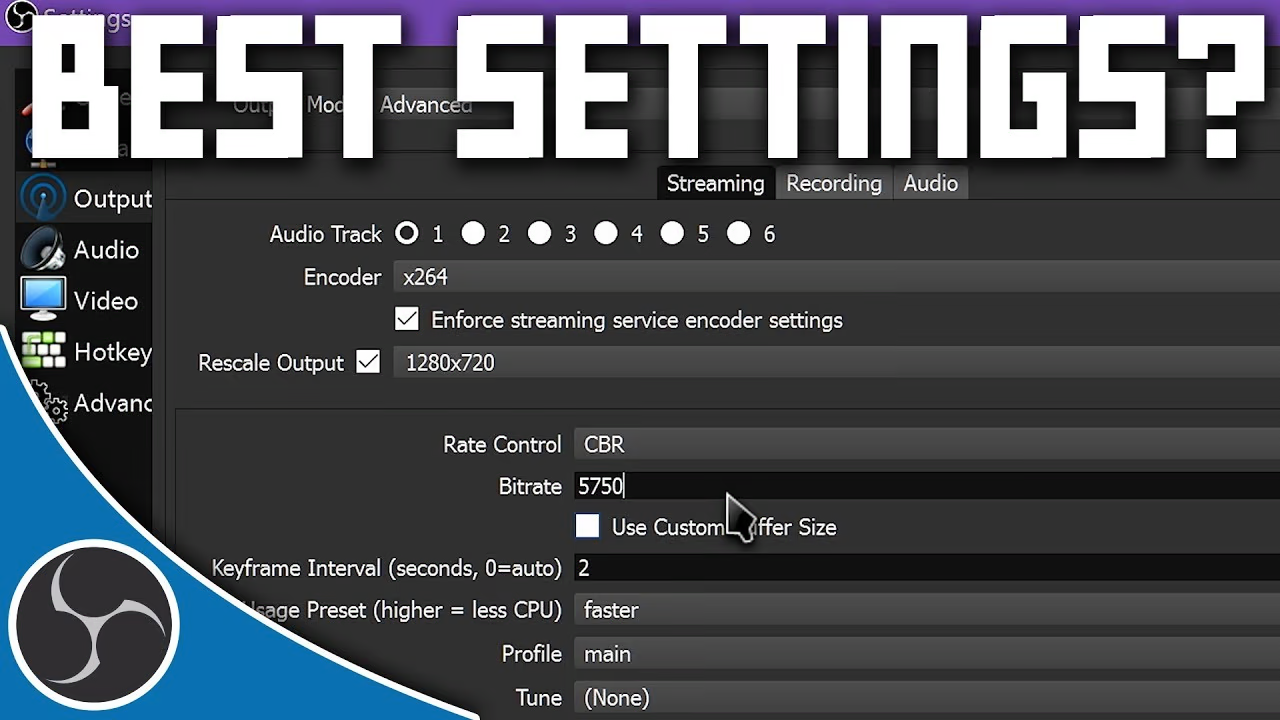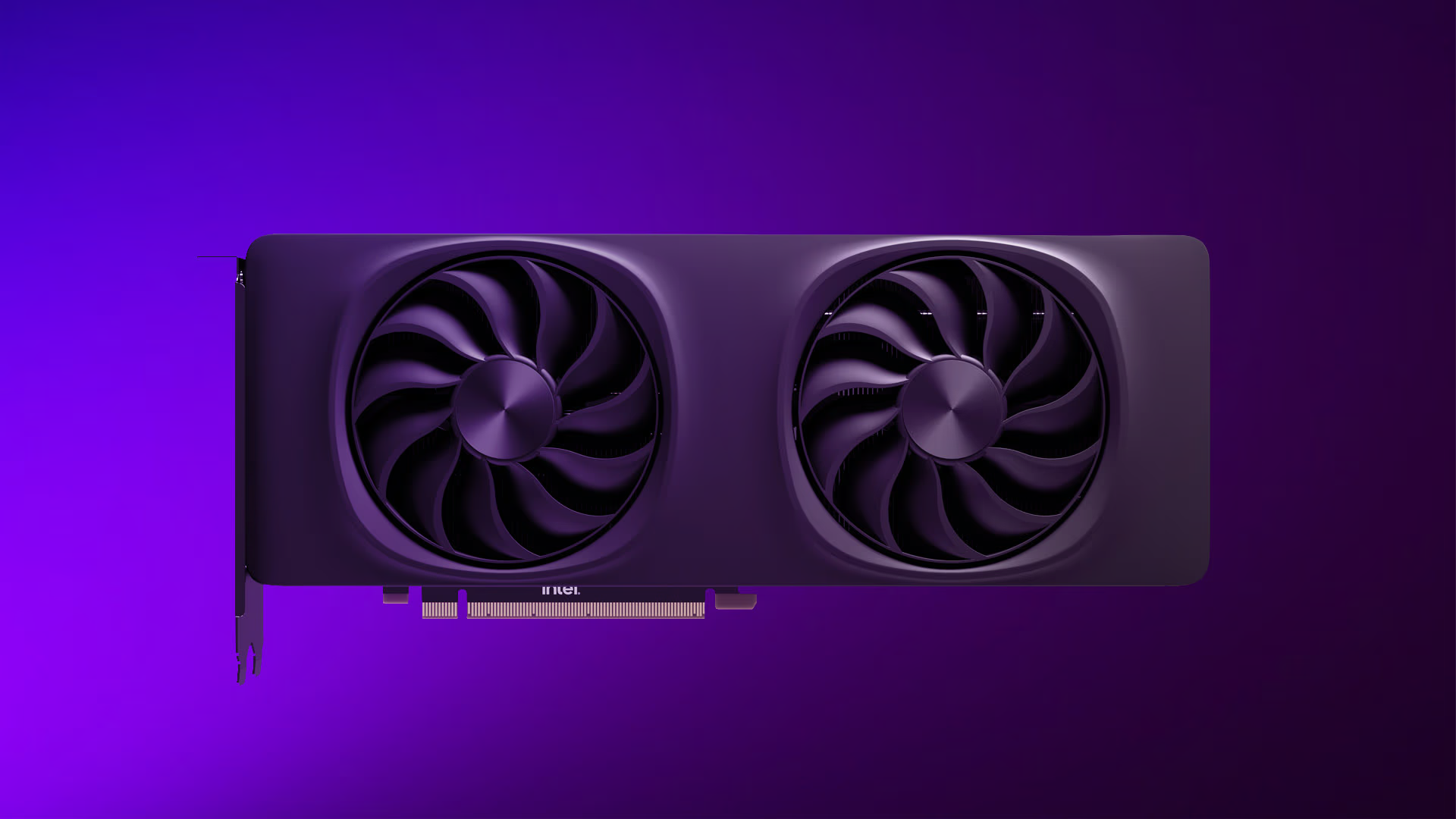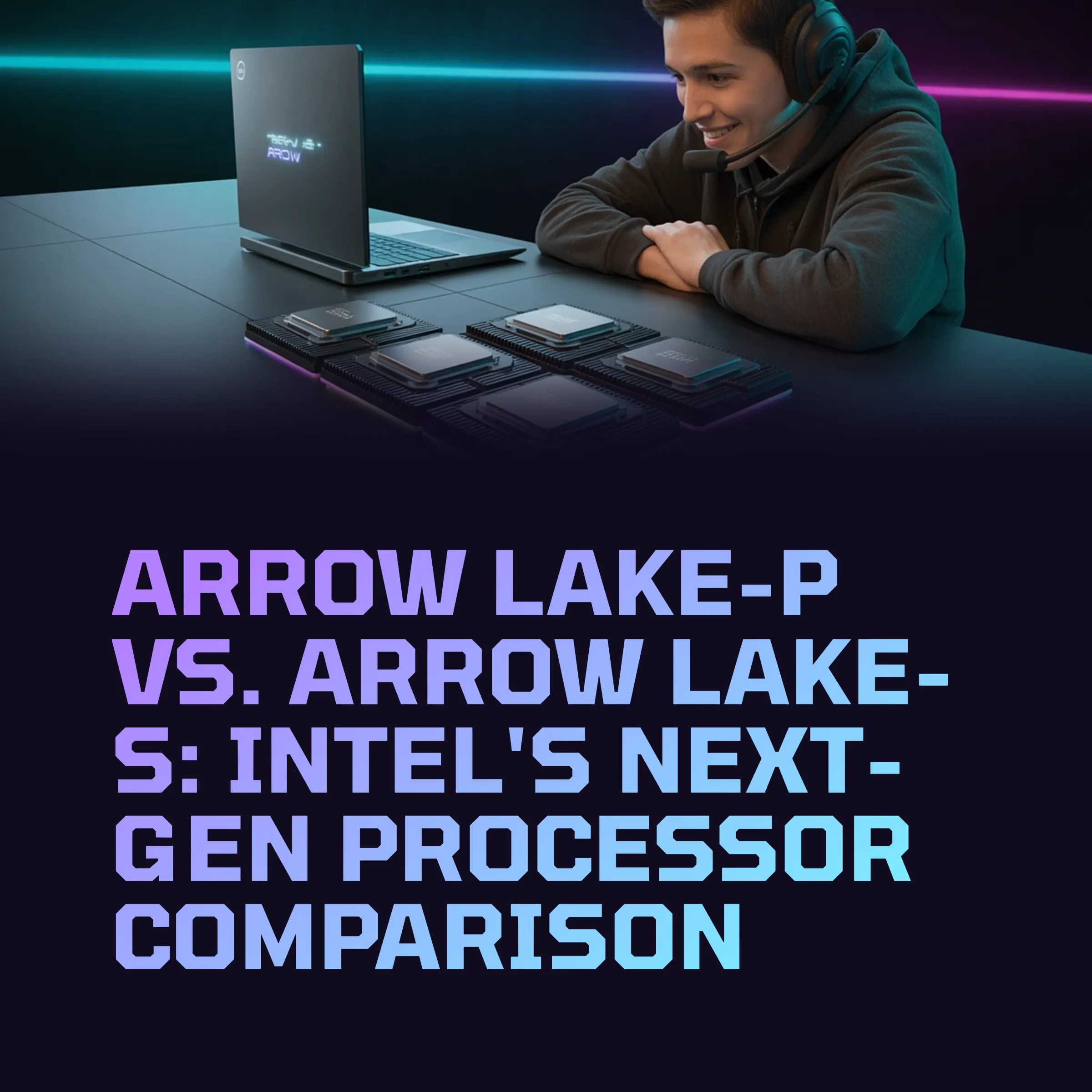Ultimate NVIDIA NVENC OBS Guide: Pro Settings & Tips

NVIDIA NVENC OBS Broadcasting Guide
By BattleforgePC on January 30, 2025
About This Guide
The objective of this guide is to help you understand how to use the NVIDIA encoder, NVENC, in OBS. Concepts have been simplified to make this guide accessible to a wider audience.
Encoders, Bitrate, Resolution and Framerate
Overview
Encoding compresses video to reduce file size or bandwidth—but too much compression hurts quality. Frame‑rate drops are more noticeable than resolution changes, so aim for 60 FPS when possible. RTX GPUs include NVENC hardware that lets you offload streaming, freeing CPU/GPU resources.
- A more efficient codec uses less bandwidth at the same quality.
- At the same bitrate, a more efficient codec delivers higher quality.
| Codec | Compression Efficiency (relative) |
|---|---|
| H.264 | 1× |
| HEVC | 1.35× |
| AV1 | 1.43× |
| RTX GPU Series | H.264 | HEVC | AV1 |
|---|---|---|---|
| RTX 20 | Yes | Yes | No |
| RTX 30 | Yes | Yes | No |
| RTX 40 | Yes | Yes | Yes |
| RTX 50 | Yes | Yes | Yes |
Streaming platforms may not support every codec. Here’s a quick compatibility overview:
| Platform | H.264 | HEVC | AV1 |
|---|---|---|---|
| Facebook Gaming | Yes | No | No |
| X (Twitter) | Yes | No | No |
| Twitch | Yes | Yes | No |
| YouTube | Yes | Yes | Yes |
| Discord | Yes | Yes | Yes |
How to Determine Your Bitrate
1. Run an upload‑speed test. Use about 75% of that speed for streaming to leave room for other apps. 2. Select resolution & FPS to match that bitrate—refer to platform recommendations from Twitch, YouTube, and Facebook.
| Upload Speed | Target Bitrate | 720p | 1080p | 1440p | 4K |
|---|---|---|---|---|---|
| 4 Mbps | 3 Mbps | 576p | 720p | ||
| 5 Mbps | 4 Mbps | 720p | 720p | 1080p | |
| 8 Mbps | 6 Mbps | 720p | 1080p | 1080p | |
| 10 Mbps | 8 Mbps | 1080p | 1080p | 1440p | |
| 12 Mbps | 10 Mbps | 1080p | 1440p | 1440p | |
| 15 Mbps | 12 Mbps | 1080p | 1440p | 4K | |
| 20 Mbps | 15 Mbps | 1080p | 4K | ||
| 25 Mbps | 20 Mbps | 4K | 4K | 4K | |
| 50 Mbps | 40 Mbps | 4K | 4K | 4K |
• High‑motion streams (FPS, racing) benefit from lower resolution to reduce artifacting—e.g., 720p 60 FPS at 6 Mbps instead of 1080p. • Twitch note: only Partners are guaranteed transcoding. Non‑Partners may want to stream at lower resolution/bitrate for mobile viewers.
OBS → Stream Tab Settings
In OBS’s Stream tab, select your platform and connect via account login or Stream Key. ⚠️ Keep your Stream Key private—it grants control of your channel. You can find it on Twitch, YouTube, or Facebook account dashboards.
Recommended Settings (OBS 29.1+)
Video Tab
- Base (Canvas) Resolution: match your desktop/game resolution
- Output (Scaled) Resolution: choose based on your bitrate & platform
- Downscale Filter: Lanczos (36 samples) for best quality
- FPS: match to bitrate and platform recommendations
Stream Tab
Select your streaming platform and connect with login or Stream Key—don’t share your stream key! You can find it in your account dashboard.
Output Tab Settings
- **Output Mode:** Simple
- **Streaming:** Set bitrate based on upload speed
- **Encoder:**
- - Twitch → Hardware (NVENC, H.264)
- - YouTube → Hardware (NVENC, AV1) on RTX 40/50, else NVENC HEVC
- **Encoder Preset:** Use P6 (Slower) for best quality, reduce if multicasting
- **Recording:**
- - Path: ensure sufficient disk space
- - Quality: High or Indistinguishable for short clips
- - Format: MKV
- - Encoder: AV1/HEVC preferred for quality; H.264 if compatibility needed
Other Settings & Tuning
• Enable Windows Game Mode to prioritize game & stream apps. • Enable Hardware‑Accelerated GPU Scheduling to prevent GPU >95% usage issues. • For extra stability, run OBS as admin or cap GPU usage by limiting game FPS, using borderless windowed mode, lowering in‑game graphics/resolution, or limiting scene resolution to 1080p.
HDR Streaming & Recording
To capture HDR, you'll need: 1) an HDR monitor, 2) HDR enabled in Windows & your game, and 3) OBS setup with P010 and Rec. 2100 PQ color settings.
| OBS Setting | Recommended Value |
|---|---|
| Color Format | P010 |
| Color Space | Rec. 2100 (PQ) |
| RGB10A2 Color Space (Game Capture) | Rec. 2100 (PQ) |
Use HEVC encoder and set Profile to main10 for HDR output. YouTube is the only major platform supporting HDR streaming—use Low or Normal latency (not Ultra‑Low) for compatibility.
These settings enable full HDR capture and streaming for supported RTX and OBS versions.
Advanced Output Settings (OBS Advanced Mode)
- Output Mode: Advanced
- Encoder: Hardware (NVENC, H.264 for Twitch; NVENC AV1 on RTX 40/50 YouTube; or NVENC HEVC otherwise)
- Rate Control: CBR
- Bitrate: based on upload speed
- Keyframe Interval: 2 sec
- Preset: P6 (Slower)
- Tuning: High Quality
- Multipass Mode: Two Passes (Quarter Res)
- Profile: High (H.264), main/main10 (HEVC), main (AV1)
- Look-ahead: enabled; disable if GPU fully loaded
- Psycho Visual Tuning: enabled
- GPU: 0
- Max B-Frames: 4 (or 2 if look-ahead off)
- Type: Standard recording
- Format: MKV, Audio Track: 1
- Encoder: NVENC H.264/HEVC/AV1
- Rate Control: CQP (CQ=15) or VBR (40kbit base/60kbit max)
- Keyframe Interval: 0 or 2
- Preset: P6 (Slower)
- Tuning: High Quality
- Multipass: Two Passes (Quarter Res)
- Profile as above
- Look-ahead & Psycho Visual: enabled
- GPU: 0, Max B-Frames: 4
Enhanced Twitch Broadcasting (Multistream)
Twitch Enhanced Broadcasting (on RTX GPUs) lets OBS encode multiple renditions locally. To enable: 1. Update OBS and login to Twitch in Settings → Stream. 2. Under Multi‑track Video, check **Enable Enhanced Broadcasting**, and use **Auto** for bandwidth and tracks.
NVENC Architecture & Codec Efficiency
NVENC is a dedicated hardware encoder that offloads encoding from CPU/GPU :contentReference[oaicite:1]{index=1}. RTX 50 series AV1 offers ~43% better compression than H.264, and around 5% over RTX 40’s AV1 :contentReference[oaicite:2]{index=2}.
| NVENC Gen | Key Features |
|---|---|
| 5th (Turing/Volta) | Base HEVC & better H.264 |
| 6th (Turing) | HEVC 8K, B-frames |
| 7th (Ampere) | Same as Turing + AV1 decode |
| 8th (Ada) | 8K AV1 encode |
| 9th (Blackwell) | AV1 UHQ + 4:2:2 chroma |
NVIDIA Broadcast App
- Noise Removal (mic & speaker)
- Room Echo Removal
- Virtual Background
- Auto Frame & Eye Contact
- Video Noise Reduction
- Vignette, Studio Voice (beta), Virtual Key Light (beta)
These AI features run on tensor cores, improving audio/video for streaming, calls, and content creation.
Conclusion
Using NVENC in OBS provides high-quality, efficient streaming and recording with minimal performance impact. RTX 50 and newer GPUs bring AV1 codec efficiency and multistream support. Pairing OBS settings with NVIDIA Broadcast gives broadcasters a powerful, polished setup.
Let us know if this guide helped—or if you’d like updates or deep dives on specific features. Happy broadcasting!
Comments
Please log in to comment


